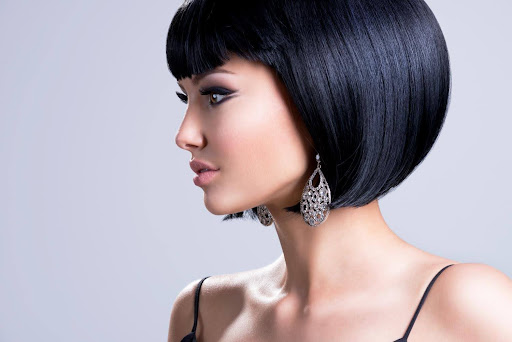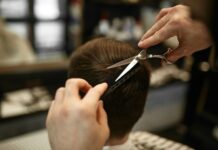Earrings have adorned the ears of men and women for centuries, symbolizing various cultural, social, and fashion statements throughout history.
From simple stone plugs to elaborate golden hoops and sparkling earrings, these accessories have evolved to reflect changing tastes and technologies.
This article explores the transformation of earring designs, highlighting key styles from different eras, the impact of technological advancements on earring making, and how modern trends are influenced by historical aesthetics.
Ancient Beginnings and Symbolic Designs
The history of earrings dates back to ancient civilizations like Egypt and Sumeria. In ancient Egypt, earrings were commonly made from precious metals like gold and were often inlaid with gemstones such as lapis lazuli or turquoise.
These early designs set a precedent for the use of earrings as a luxury accessory. During the Roman Empire, pearl earrings became highly coveted among the wealthy and powerful, symbolizing prestige and opulence.
The Romans were also among the first to use emeralds and sapphires, indicating the beginning of a long-standing tradition of incorporating various gemstones into earring designs.
The Influence of Technology on Earrings
The Middle Ages saw a decline in the popularity of earrings due to changing fashions and social norms. However, the Renaissance revived interest in personal adornment, with earrings becoming increasingly elaborate.
The Industrial Revolution was pivotal in democratizing fashion accessories, including earrings. Mass production techniques developed during this period made earrings more accessible to the general public, not just the aristocracy.
Modern Earrings and Cultural Resurgence
In the 20th century, earrings became a significant part of fashion trends, influenced heavily by the cinema and celebrity culture. The 1920s flapper girls popularized long, dangling earrings, moving away from the tight, compact styles of the Victorian era.
Post World War II, the 1950s and 1960s saw a return to glamour, with women wearing large, colorful statement earrings. Today, the earring designs are as diverse as the people who wear them.
The Role of the Diamond Buyer
In contemporary society, the diamond buyer plays a crucial role in the jewelry market, especially in the realm of earrings. High-quality diamonds are always in demand for earring designs, from simple studs to elaborate drops.
Diamond buyers must assess the quality, provenance, and sustainability of diamonds, ensuring that these precious stones meet current consumer expectations and ethical standards.
Diamond buyers also influence design trends based on their understanding of market demands and the availability of different diamond cuts and qualities. They often collaborate with designers to create pieces that reflect current trends.
Conclusion:
Earrings are not just accessories; they are historical artifacts that tell stories of cultural, technological, and aesthetic evolution.
From the ancient shores of the Mediterranean to modern fashion runways, earrings have continued to evolve, reflecting the changing tastes and technologies of the times.
As we look forward, the symbiotic relationship between earring styles and diamond buyers will continue to shape the trends and preferences of future generations, ensuring that earrings remain a timeless and cherished form of personal expression.





